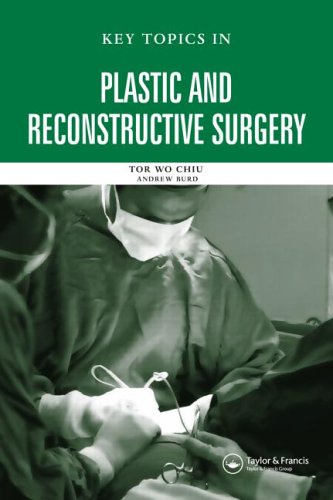

Most ebook files are in PDF format, so you can easily read them using various software such as Foxit Reader or directly on the Google Chrome browser.
Some ebook files are released by publishers in other formats such as .awz, .mobi, .epub, .fb2, etc. You may need to install specific software to read these formats on mobile/PC, such as Calibre.
Please read the tutorial at this link: https://ebookbell.com/faq
We offer FREE conversion to the popular formats you request; however, this may take some time. Therefore, right after payment, please email us, and we will try to provide the service as quickly as possible.
For some exceptional file formats or broken links (if any), please refrain from opening any disputes. Instead, email us first, and we will try to assist within a maximum of 6 hours.
EbookBell Team

4.1
80 reviews
ISBN 13: 9781841844787
Author: Tor Wo Chiu, Andrew Burd
Based on the teaching of plastic and reconstructive surgery at a university hospital, Key Topics in Plastic and Reconstructive Surgery is a unique resource that provides succinct guidance to the core topics in this rapidly developing field for all student surgeons. Using clear, descriptive prose and illustrations as necessary to explain the important concepts, this highly readable text presents up-to-date information on both esthetic and reconstructive topics.
key topics in plastic and reconstructive surgery
research topics for plastic surgery
new topics in plastic surgery
types of plastic and reconstructive surgery
reconstructive plastic surgery examples
research in plastic surgery
Tags: Tor Wo Chiu, Andrew Burd, Plastic, Reconstructive